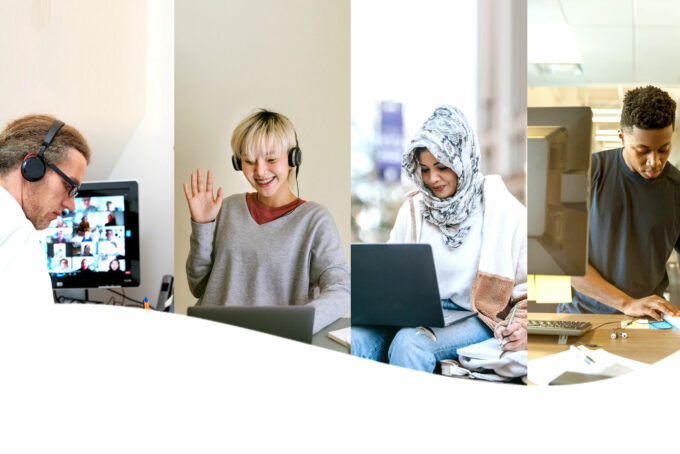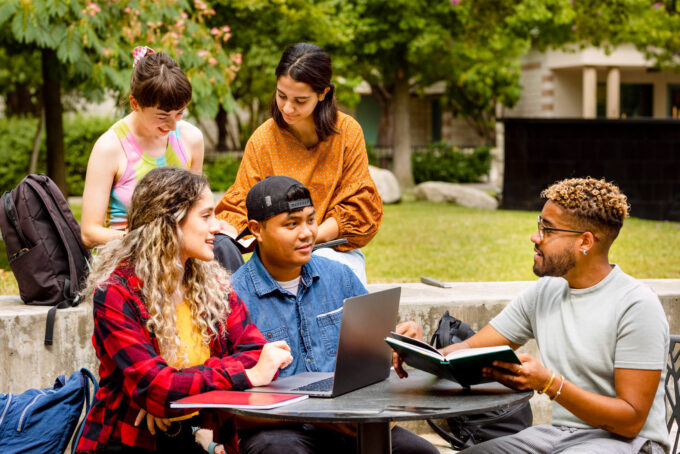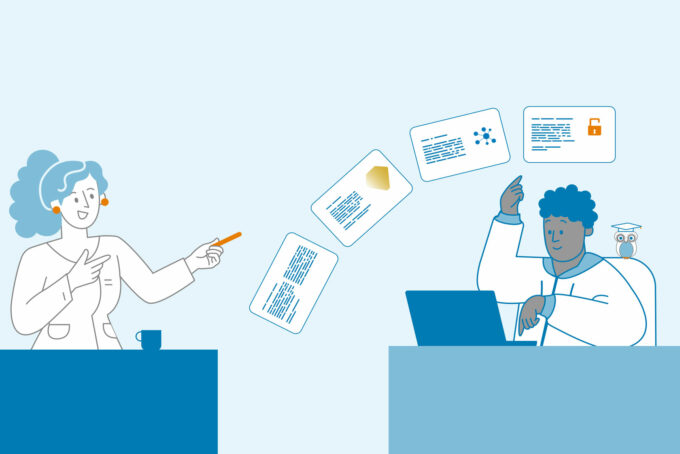
Study “The University Landscape 2030”: Opening Up Through New Study Models
"Tamagotchi", "Jenga", "Lego" and "Transformer" are the names of the four new study models that were developed in the recently published “Study on the University Landscape 2030". In this blogpost, we have summarised how they contribute to the opening up of higher education and why, despite digitalisation and new technologies, no disruption of the higher education landscape is to be expected.
by Birgit Fingerle
On 23 May 2019, the study “AHEAD – International Horizon Scanning: Study on the University Landscape 2030” (Trendanalyse zu einer Hochschullandschaft in 2030) was published (link in German). It was commissioned by the German Federal Ministry of Education and Research (BMBF) and carried out by the Research Institute for the Economics of Education and Social Affairs (FiBS) together with the HIS-Institut für Hochschulentwicklung (HIS-HE) (Institute for Higher Education Development) in two phases. After a first phase, including preliminary investigations into the three areas of knowledge and competence requirements, didactics and technological developments, this information was condensed in the second phase into future scenarios. These scenarios have been validated and developed with experts from higher education and politics as well as students. In addition, innovative practical examples were researched, which contribute to more openness in higher education and serve as possible future models.
New study models are gaining in importance
The results of the study suggest the increase in importance of new study models due to the effects of digitalisation and the future demands of the labour market. It is assumed that the majority of graduates will change their career path several times during their lifetime due to this dynamic. The foreseeable changes in learning behaviour have a significant impact on the recognition of competencies and learning outcomes in the form of university degrees, as well as on the governance and funding of higher education institutions. The four different expected future learning models in the study were named after toys.
Tamagotchi – the classic
“Tamagotchi” refers to the still existing “classical” study model in which the degree is started immediately after finishing school. The university is a closed ecosystem that supports students in completing a degree programme. It is assumed that the knowledge and skills acquired in the course will enable the students to flexibly adapt to future requirements on the basis of a future-proof competence profile.

Jenga – shortened first degree with later extension
“Jenga”, on the other hand, refers to a shortened first degree course, which conveys a solid foundation of knowledge and competencies. Later in life, it will be steadily expanded with new learning blocks provided by various educational providers. The “Jenga” model is based on the central idea that the traditional university degree is not sufficiently flexible and inclusive enough to provide future-proof education. The degree must therefore be considered in a wider sense and for a longer term. Even if only the first part was completed at their home university, it would accompany the students over the whole course of the study programme. Partnership with colleges and other providers, digital student administration with digital payment systems, digital certificates and “stackable” digital partial certificates at the higher education institution are required for this to later be recognised as a complete degree course. “Jenga” increases the technical requirements on higher education institutions by providing digital teaching and learning content (for example in the form of webinars, interactive videos and virtual reality scenarios) and systems that enable predominantly online learning. New didactic scenarios will also emerge, and virtual tutoring or peer coaching will become more important.
Lego – individually combine educational modules
“Lego” was chosen as a name for a study model that does not represent a compact unit at a higher education institution, but consists of individually combinable educational modules, which the learners obtain from different education providers and which are put together to form a degree. The students themselves decide which learning phases or learning units they will undergo. In addition to providing the learning units, the higher education institution has the task of formally recognising these learning phases in this model. Certificates and digital proofs of competency (such as open badges) serve as proof of learning performance. Possibly, non-institution storage locations such as blockchain technology are preferred for storing documents for reasons of security. The challenge for the higher education institution in this model is that it takes a back seat and becomes visible primarily as a provider of individualised and customisable learning spaces and as an educational consultant. Digital platforms connect students, also internationally, and students use digital tools to organise their studies and, among other things, have their learning performance in mind through learning analytics methods.

Transformer – late, flexible study
“Transformer” is the name of the fourth study model, in which a later transition to the higher education institution, for example, after completing a training course and gainful employment, takes place. The students in this model need a flexible degree that alternates didactically between phases of external and self-determination.
No disruption of the university landscape
The study assumes that the university landscape as a whole is not a victim of disruption due to digitalisation. Likewise, there have been high expectations placed on innovations such as MOOCs that have not yet revolutionised higher education, but higher education institutions have integrated them into their existing study programmes. However, digital developments may lead to a new role definition for higher education institutions and to the fact that innovative models and fundamentally new education providers will enrich the higher education landscape.
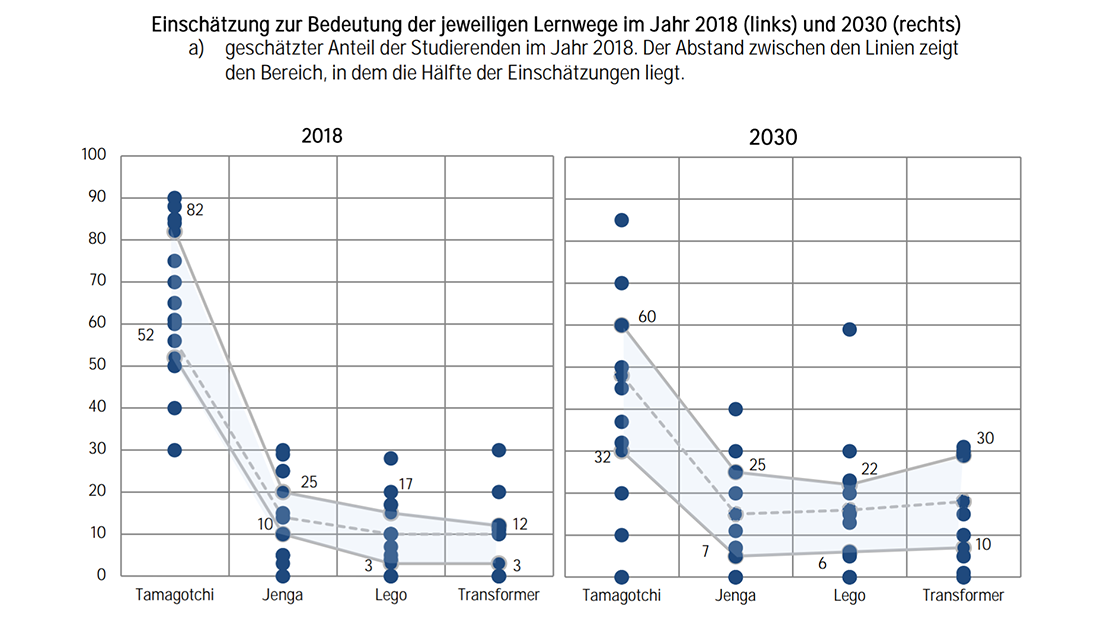
Despite the increasing importance of online teaching and virtual space, the experts surveyed assume that attendance will remain important and that campus colleges will continue to exist in 2030, while purely online higher education institutions will also become established. Nevertheless, the room concepts on campus will also change: traditional lecture rooms will take a back seat and multifunctional rooms with flexible usage options to support new learning scenarios will come to the fore. It is also possible that there will be areas such as “learning cafés” and “fablabs” outside the campus where students meet.
Opening of higher education
A challenge of the 21st century is to ensure that all sectors of society benefit from digitalisation. According to the study, digitalisation in the context of demographic change means that higher education must be opened to all. This requires more opportunities to start a university education in different phases of life and with very different educational biographies. Since learning also takes place within business enterprises, a better integration of learning experiences between companies and higher education institutions makes sense. In connection with the opening up of higher education, there is also the self-evident fact that was criticised by some of the experts, whereby it is often assumed that the students will possess the necessary hardware, such as a laptop or a mobile phone.

New technologies are waiting for practical application
New technologies such as virtual reality and augmented reality can enrich the teaching and enable study with all of the senses. So far, however, practical application of these technologies is still in the phase of testing and implementation of prototypes. For effective use of the various technological possibilities, technical infrastructure and organisational processes must interact and the teaching staff must be trained and supported. However, from the point of view of the survey respondents for this study, there are currently bottlenecks in the provision of necessary resources and the desire to change administrative, spatial and learning scenarios in the higher education institution.
This may also be due to the fact that, at least in the first phase of conversion and implementation, the costs for the institution will be higher because the cost of the technical infrastructure, among other things, will increase. Therefore, digitalisation strategies should be accorded an appropriate status at an early stage and an innovation-friendly environment should be created at the higher education institution, which allows experimentation with the implementation of new teaching scenarios.
Higher education institutions benefit from cooperation and OER
Higher education institutions can benefit from the use of digital technologies at different levels. This also includes increasing cooperation and exchange, which enable the joint development of successful concepts, such as digital platforms, as well as appropriate learning content. This is also encouraged by the use of open licenses, which in turn support the implementation of new learning scenarios.
View Comments
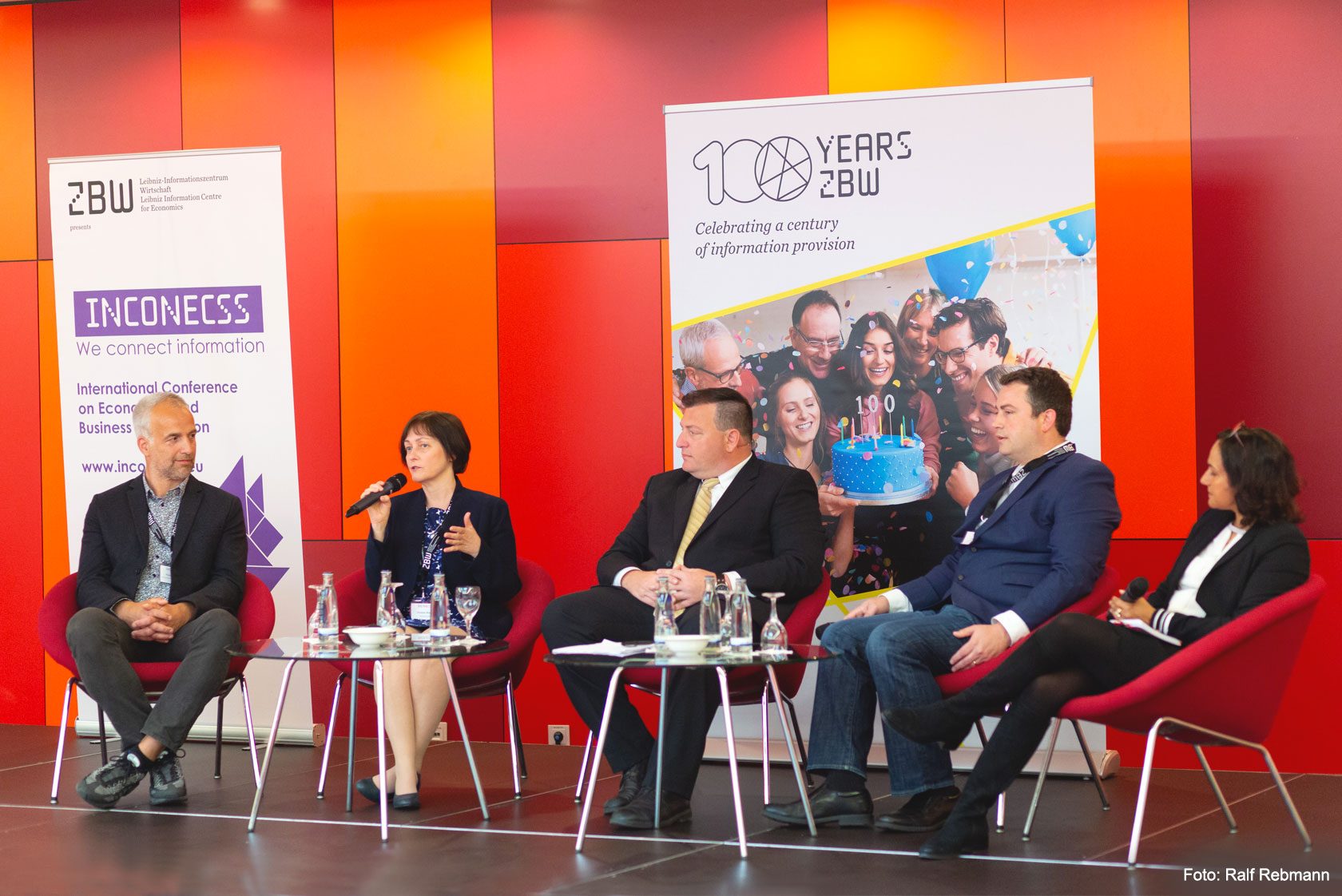
INCONECSS 2019: A Look Into the Future of Economics and Business Libraries
The rapid changes taking place owing to digital transformation present libraries with...

